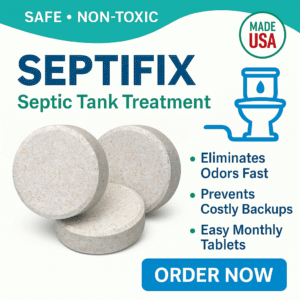Grease is grease, right? Not exactly. If you’ve got a leaky faucet, squeaky O-rings, or sticky valves, you’ve probably heard of both plumber’s grease and silicone grease. But what’s the actual difference—and which one should you use?
Let’s break it down in plain English. No chemistry degree required.
🧴 What Is Plumber’s Grease?
Plumber’s grease is a thick, waterproof lubricant made from a mix of **petroleum jelly and silicone oil**. Think of it like fancy Vaseline with extra staying power. It’s designed to be safe around drinking water and tough enough to handle wet, high-pressure plumbing parts.
People use it to lubricate:
- Faucet stems and cartridges
- O-rings and rubber washers
- Shower valves
- Toilet parts
It creates a nice seal and keeps rubber from drying out or cracking. But here’s the catch: it’s not always 100% silicone, so it’s not ideal for every situation.
🔬 What Is Silicone Grease?
Silicone grease, on the other hand, is made mostly from pure **silicone oil and silica thickener**. No petroleum. That makes it safe for all kinds of materials—especially rubber and plastic. It doesn’t swell rubber, it won’t dry out, and it handles extreme temperatures like a champ.
It’s the go-to choice for:
- Rubber seals on O-rings
- Electrical connectors (non-conductive)
- Diving gear or waterproof electronics
- Food-grade or drinking water-safe applications (when labeled NSF 61 or NSF H1)
Basically, it’s more versatile and lasts longer—especially when things get hot or cold.
🤔 So Which One Should You Use?
If you’re working on plumbing:
Use plumber’s grease if it’s labeled safe for potable (drinking) water and you’re dealing with older metal fittings or basic rubber gaskets. It works well inside faucet stems or shower valves. It’s been around for decades—and for good reason.
If you’re working with rubber or plastic:
Use silicone grease. It won’t damage the material, and it won’t gum up over time. Especially if it’s a delicate seal like in a toilet fill valve or O-ring on a filter canister—this is where silicone shines.
If food or water safety matters:
Look for NSF-certified silicone grease. Some plumber’s grease can contain petroleum jelly, which may not be rated for high-heat or drinking water use.
⚠️ Warning About Petroleum-Based Greases
Not all “plumber’s grease” is created equal. Some older versions are heavy on petroleum and can actually damage rubber and plastic over time. If your O-ring is swelling, cracking, or falling apart—it could be the grease.
Always check the label. If in doubt, go silicone.
💡 Real-World Examples
- Faucet stem hard to turn? Plumber’s grease works well here.
- Toilet fill valve squeaking? Silicone grease is better—safer for plastic.
- Installing a new O-ring in a filter housing? Definitely silicone grease. Keeps the seal flexible and tight.
- Fixing a shower valve? Plumber’s grease will do the job—as long as it’s rubber-safe.
🧠 Final Thoughts
Here’s the short version:
- Plumber’s grease = good for metal and older rubber parts.
- Silicone grease = better for plastics, sensitive rubber, and food-safe jobs.
Silicone grease is the safer, more modern choice in most cases. But plumber’s grease still holds its own—especially for older systems and legacy fixtures.
Bottom line? Check your materials, look at the label, and when in doubt—silicone never hurts.
